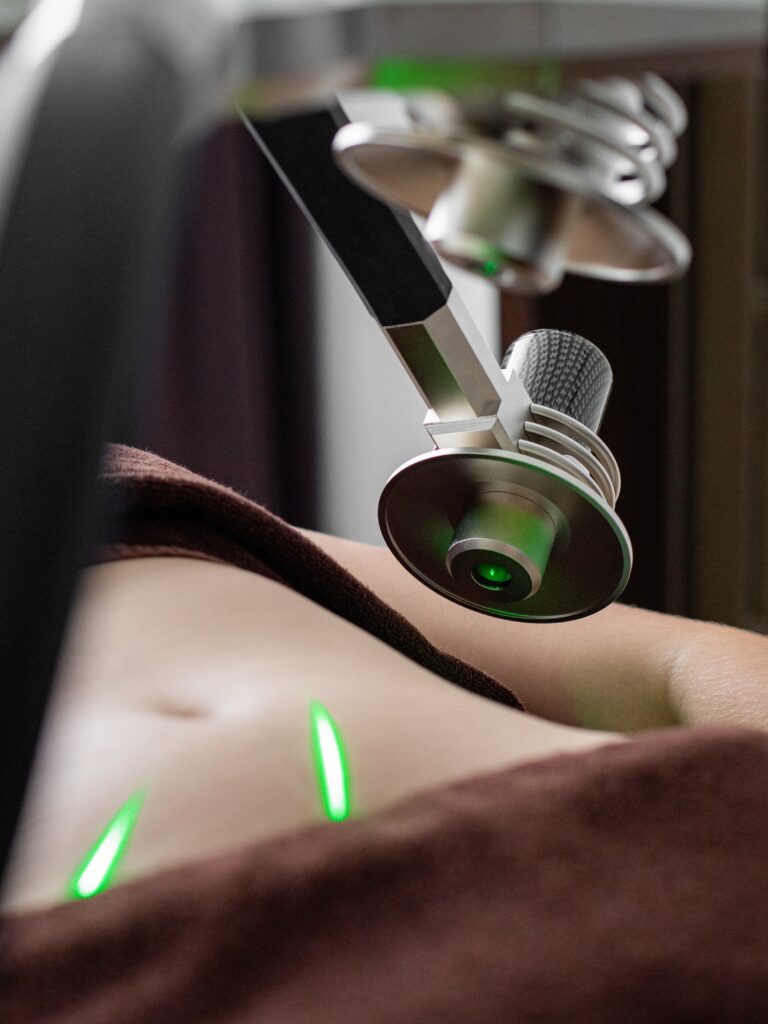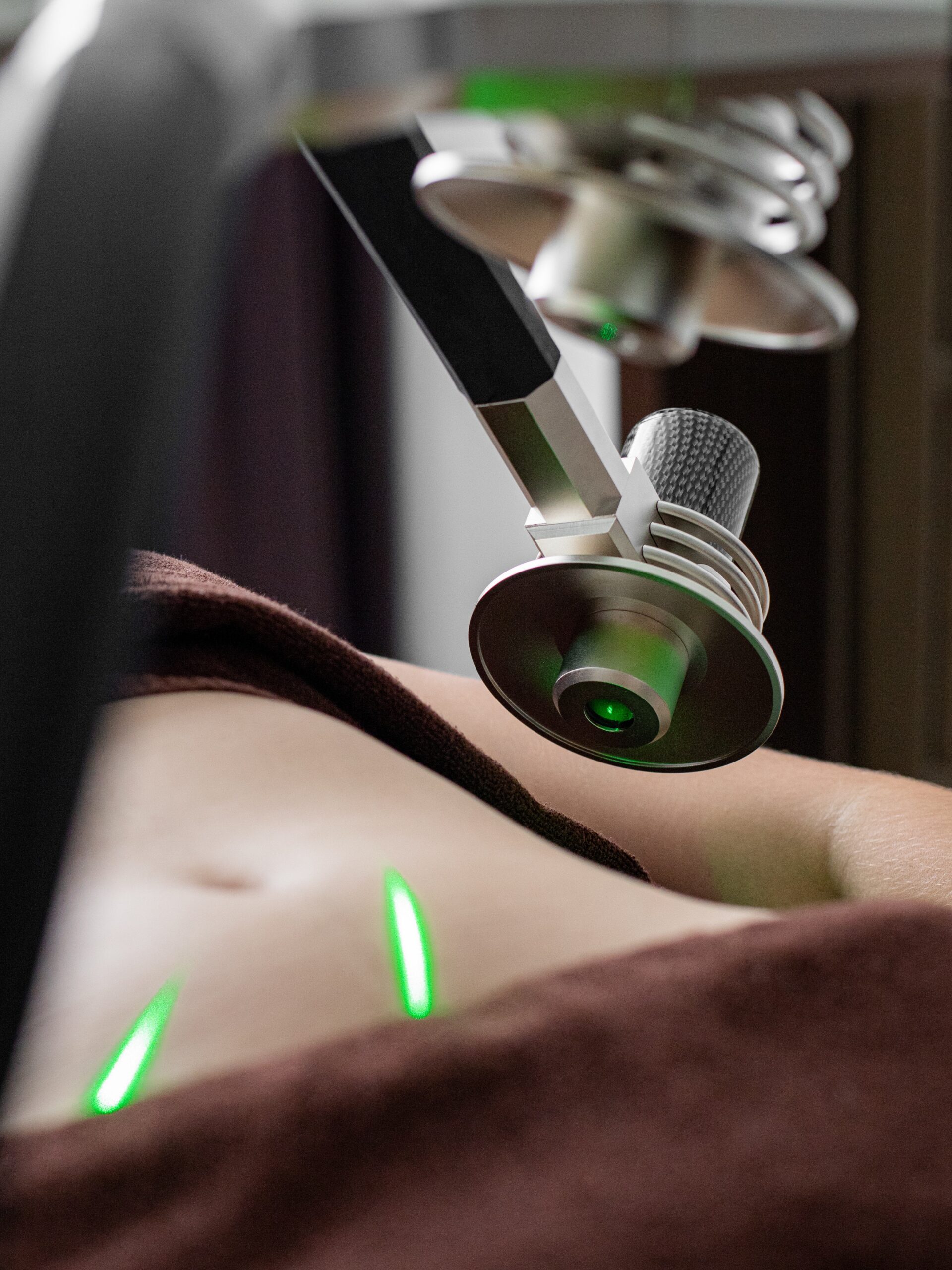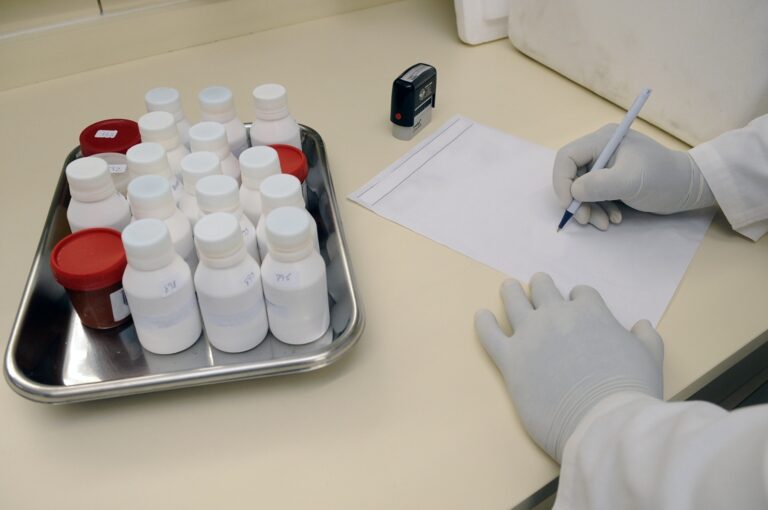Does insurance cover excess skin removal surgery?
Excess skin removal surgery is a cosmetic surgery that involves upper and lower body lifts, panniculectomy, buttock lifts, and other body contouring procedures. It helps to tackle the skin folds on arms, legs, and belly caused by major transformations done to the body by losing weight. If you are thinking of getting excess skin removal surgery, it is important to take health insurance into consideration. It is essential to understand what criteria insurance covers for this surgery. Read below to know more.
Is excess skin removal surgery covered by insurance?
Since excess skin removal surgery is another type of cosmetic surgery, most insurance companies don’t cover it. But under certain circumstances, health professionals qualify for the surgery when it becomes medically necessary. The excess skin hanging from the abdomen and other parts of the body leads to infections and rashes, making it difficult to lead a daily life.

Criteria To Claim Insurance
A patient is required to go through the below-mentioned criteria to get their excess skin removal surgery covered by insurance:
- After a significant weight loss, you should maintain your ideal weight for at least six months.
- To help you maintain the weight, commit to a healthy lifestyle that includes nutritious eating and exercise.
- Ensure that you are in generally good condition and don’t have any serious illnesses that could make surgery a risk.
- Avoid using tobacco products or smoking. Smoking might raise the risk of surgical complications and hinder wound healing.
- It is essential to have realistic expectations regarding excess skin removal surgery.
As discussed earlier, excess skin removal surgery includes various aspects of body contouring procedures. Different body contouring surgeries are performed by cutting natural skin folds.
Let’s discuss the following:
1. Buttock lift
In this type of surgery, the surgeon cuts along the sides and the top of the buttock. The skin is brought together and stitched after fat and skin parts cut into crescent shapes are removed.
2. Breast lift
In this procedure, the surgeon creates an incision around the nipple’s areola and then vertical cuts to the breast’s underside. Making a horizontal cut across the breast crease can also be necessary. This ‘lollipop-shaped’ set of cuts removes extra skin.
3. Lower body lift
Cellulite is the central area of concern in such excess skin removal surgery. The excess skin from the outer thighs, hips, buttocks, and abdomen is removed. The surgeon could do a cut that encircles the body at the hips.
4. Arm lift
Arm lift, or brachioplasty involves slicing the inner surface of the arm from the armpit to the elbow. Stitches are made to tighten the underlying muscle to smooth and define the structure of the upper arm.
Conclusion
We hope that this article helped our readers gain a little more insight into excess skin removal surgery and the criterion required for it to be covered by health insurance plans. Stay connected with us if you are looking for more such content on health insurance.
Learn more: Is minimally invasive bunion surgery covered by insurance?






